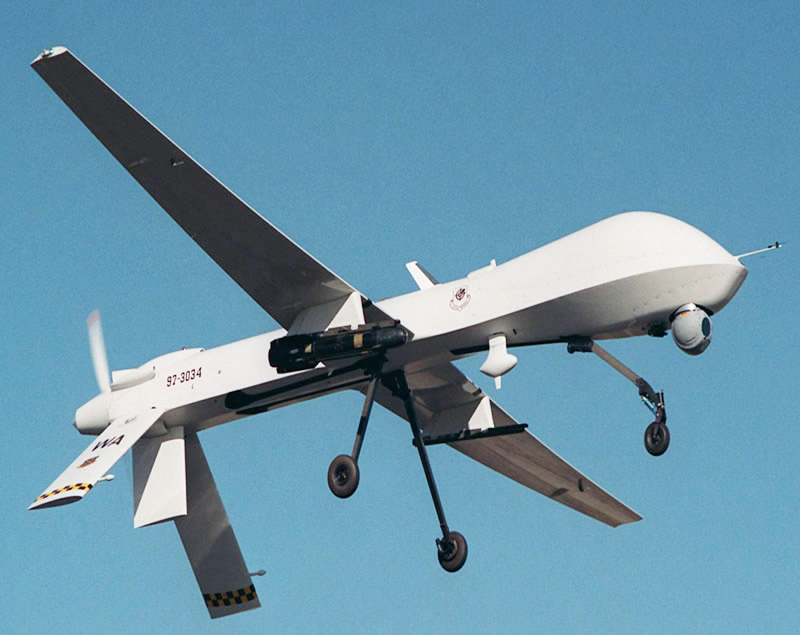ELEMENTS
Potential New Technologies
The MDA plans to develop and test several new technologies designed to intercept and destroy ballistic missiles during the ascent phase of flight, providing increased flexibility and targeting opportunities. A robust advanced missile defense technology development program is part of our strategy to hedge against future threat uncertainties.
Early Intercept
Early Intercept would allow us
to intercept early in the battle space
and optimize our ability to execute a
shoot-look-shoot tactic, to force less
effective deployment of countermeasures,
minimize the potential
impact of debris, and reduce the
number of interceptors required
to defeat a raid of threat missiles.
By leveraging Unmanned Aerial
Vehicles (UAVs) and space assets
for pervasive over-the-horizon
 sensor netting, the engagement zone of current Standard Missile-3 interceptors can be extended to the pre-apogee portion
of a missile's trajectory.
sensor netting, the engagement zone of current Standard Missile-3 interceptors can be extended to the pre-apogee portion
of a missile's trajectory.
Early Intercept can provide an extended engagement layer that avoids wasteful salvos by shooting an interceptor, assessing the attempted intercept, and shooting again if unsuccessful.
The mobility/transportability of early intercept capability, the flexibility of UAV and space-based sensor support, and lower Operation and Sustainment (O&S) costs make early intercepts more appealing than midcourse systems. Forward-basing AN/TPY-2 radars comes with diplomatic challenges and significant O&S costs, making the use of current Overhead Persistent Infrared (OPIR) and less expensive operations of Predator UAVs an appealing nearterm option.